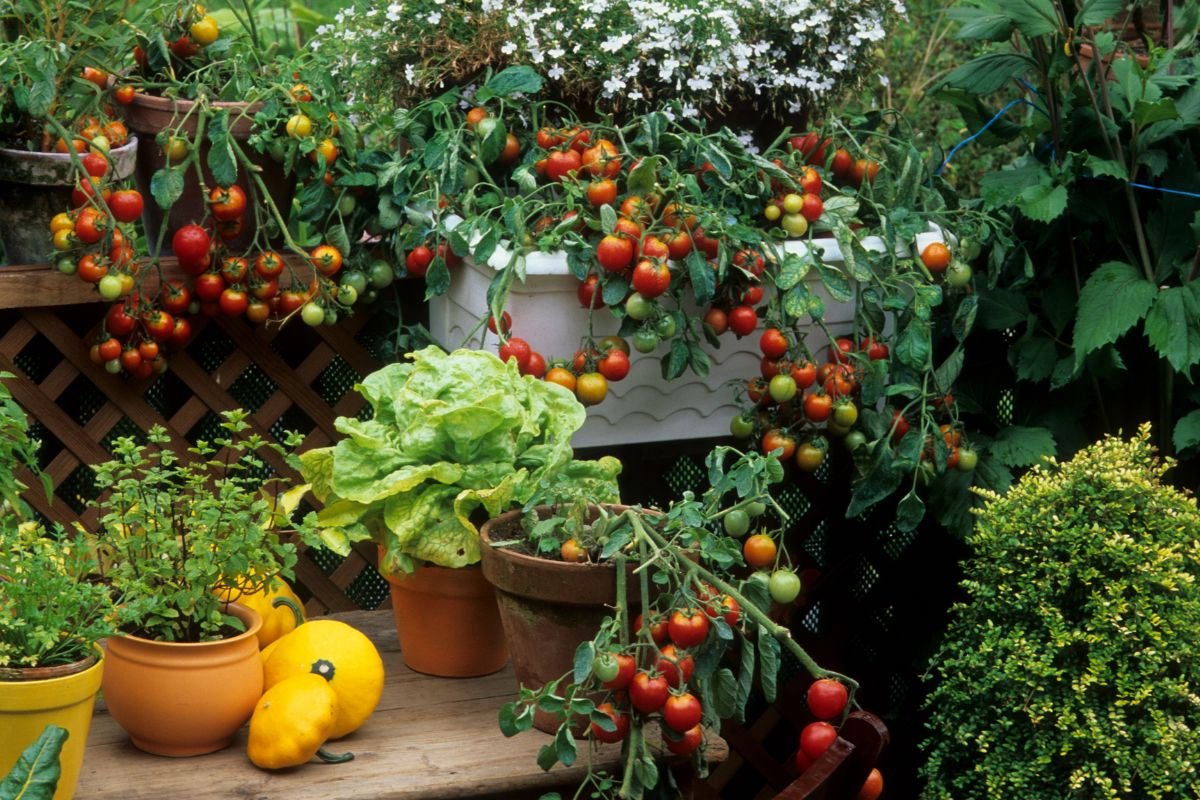Vegetables to Plant During Winter in NZ
There’s no denying that our gardens don’t look at their best during the winter months. But that doesn’t mean the planting season has to be over.
Despite there being a limited number of fruit and vegetables you can plant during winter in NZ, you may still find that there are several delicious options that you can grow in seed trays, pots, or directly into your garden.
Broad Beans
From May onwards is when you can get away with planting broad beans in your garden, ready for harvesting in 3-4 months. Broad beans can be directly sown into your outdoor garden between 15-25-cm apart in 60-75cm rows.
After planting, you’ll need to provide support up to heights of around one metre and pick them frequently. Once your broad bean plants start to flower, pinch the tips to encourage the pods to fatten. If you prefer sweet beans, harvest early.
Carrots
Carrots are one of the most versatile, cost-effective, and robust vegetables, so it’s probably not surprising that you can plant them in winter – or at any time of the year. You can directly sow them into your garden 5-7cm apart and in rows 15cm apart. You can harvest them after 2-3 months, but consider harvesting them all before they grow too big.
Top tip: Remember where you planted them the previous year so that you can rotate them annually.
Peas
Peas are one of those hardy plants that don’t seem to need much of a helping hand aside from a support structure. You can plant them directly into your garden at any time of the year, and they’re ready to pick from around 2-3 months.
Don’t forget to provide strong support for any climbing varieties and harvest them when the pods are 7-8cm long.
Broccoli
Broccoli salad is a summer favourite, but why should you only get to enjoy it in summer? Plant your broccoli in the ground from early April and get ready to enjoy fresh broccoli in as little as 2-3 months. If you plant broccolini varieties, you’ll be able to snip off pieces as they grow.
Onions
Onions can take upwards of three months to grow, so there’s no time like winter to plant them for harvesting as soon as barbecue season arrives. However, you can plant onions in the ground at any time of the year, and they’re ready when the green tops fall over and begin to turn yellow.
Lettuce
It might seem strange to be planting lettuce in the middle of winter, but there’s no reason why you can’t have success. As long as you choose a sheltered part of your garden and select a hardy variety, there’s no reason why your lettuce can’t survive and thrive in plummeting winter temperatures.
How to Protect Your Plants
While many plants are more than capable of thriving as the temperatures drop, that doesn’t mean all will. Sometimes, you have to give your plants a helping hand to survive. When the time comes to plant vegetables in winter, consider doing some of the following things.
Add Mulch to Your Garden
Mulch is basically a warm blanket for your plants. Put around 5cm of mulch around your plants to conserve moisture, add nitrogen to the soil, and protect the seeds from the cold.
Purchase Frost Cloth
Most parts of New Zealand experience frost, and it can have a devastating effect on crops. Be proactive and purchase frost cloth so that you can cover your plants if you need to.
This might require you to keep an eye on the weather forecast over the winter so that you can pre-empt frosts before they bite.
Use Plant Tonics
Just as we can struggle with the cold temperatures of winter, so can our plants. Consider investing in plant tonics that can stimulate growth, promote root health, and help your plants cope with weather extremes. You might even find that some plant tonics can assist with pest and disease resistance.
Add Compost
Ideally, you should apply compost to your garden beds before winter – generally at the end of Autumn. This gives it enough time to work its way into the soil and load it up with essential nutrients for plant growth.
Water With Care
You won’t need to water your winter vegetables in the same way you would those planted at other times of the year. Try to water during the warmest part of the day and avoid watering the leaves.
Harvest With Care
When the time comes to enjoy the literal fruits of your labour, take care with how you harvest them. Try to harvest them during the day to avoid shocking the plant. If you like crisp, sweet vegetables, consider waiting until your area experiences an overnight chill or frost before you harvest.
Start Planting
Winter might not be the most ideal time to be out in your garden, but there are no rules against it. Choose hardy vegetable varieties, purchase products to help their growth, and you can be well on your way to enjoying your favourite vegetables in just a few months.

